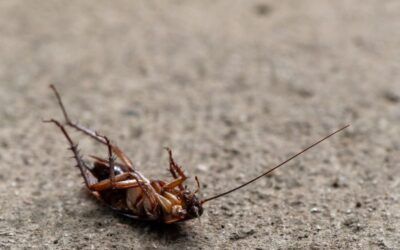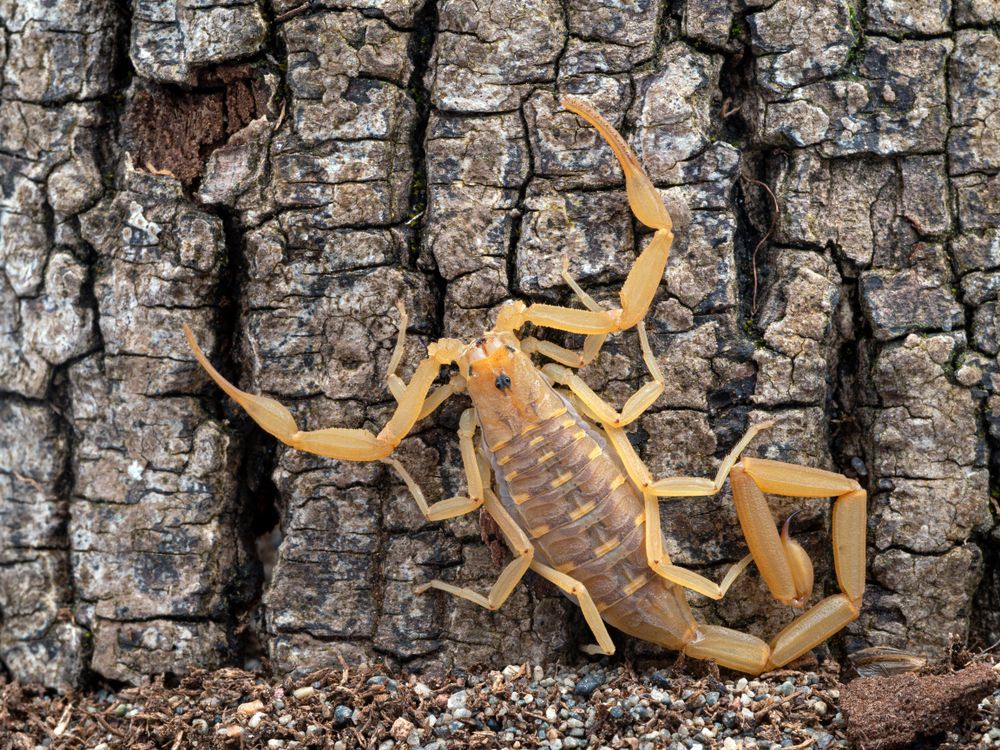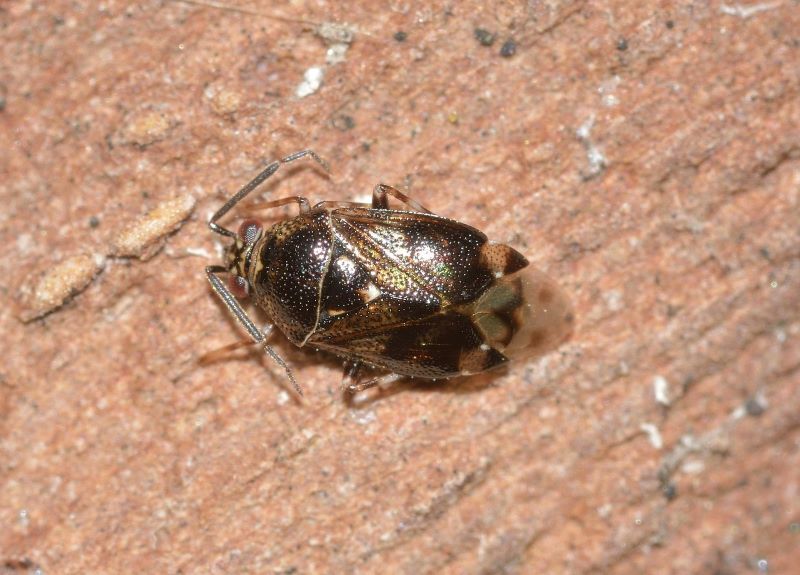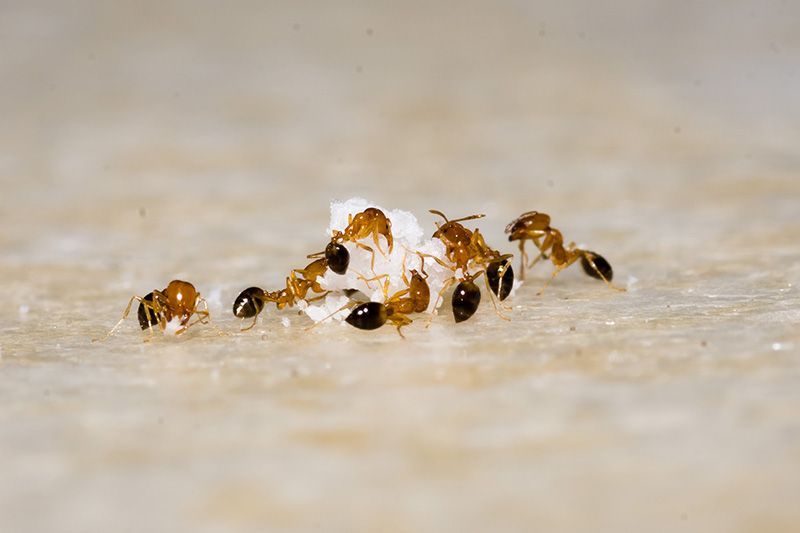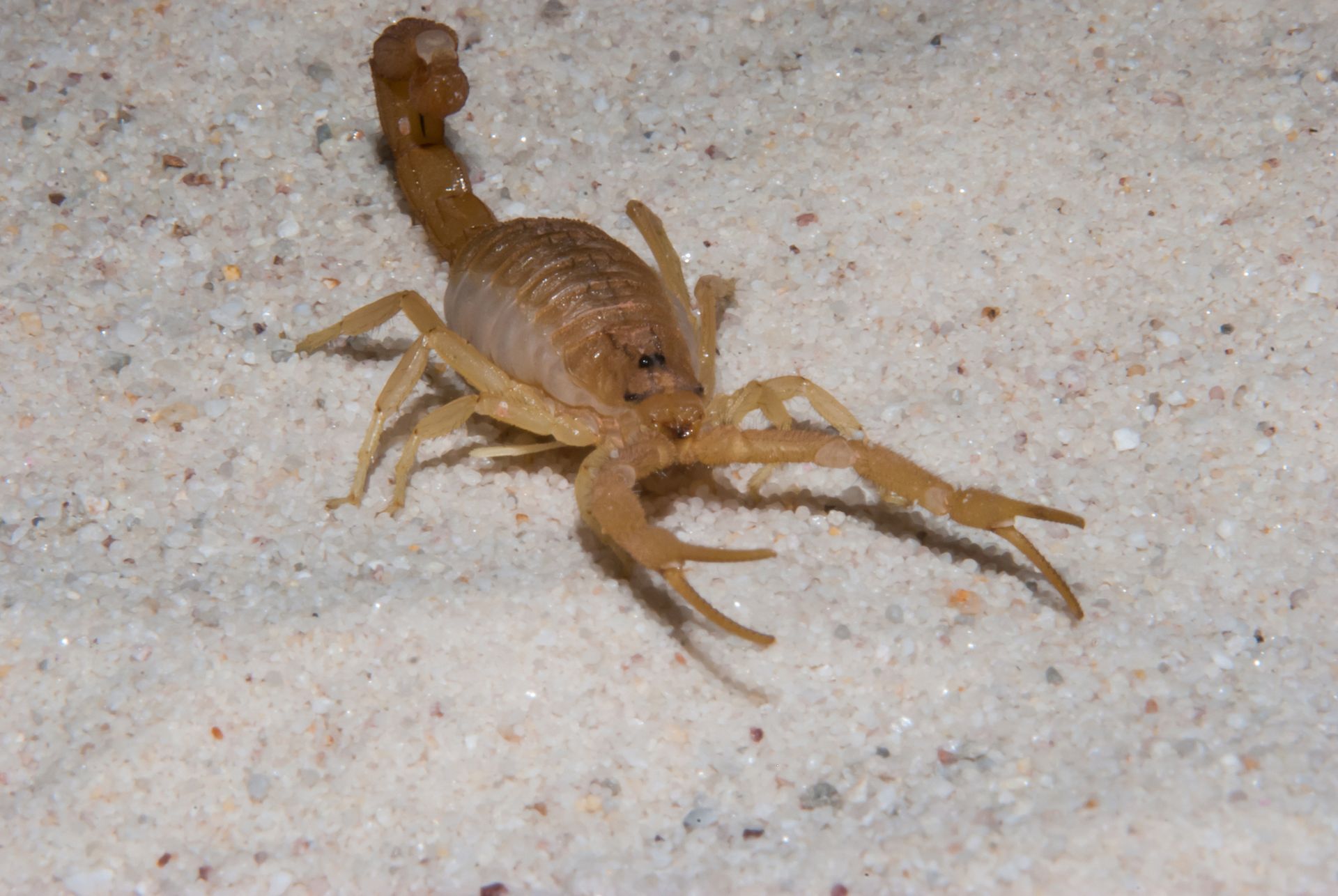Do I Need to Worry About Termites in Phoenix?
It’s estimated that three to five colonies of up to a million termites make their home in every acre of Arizona land. They cause over $5 billion in damages to homes and businesses across the US every year.
Unfortunately, that’s $5 billion in damages that most insurance companies don’t cover, leaving home and business owners to foot the bill for repairs. Termite damage can also prevent or complicate selling or refinancing the building.
Why Termites Are Destructive
Termites live on cellulose, meaning plant-based materials. Much of our environment is composed of cellulose, including the wood framing your house, flooring, furniture, paper, and landscaping.
A termite excretes bacteria from its hindquarters that dissolve the cellulose structure, making it edible. The termite then ingests the processed pulp and carries it back to the hive to feed the rest of the colony.
With up to a million termites in the hive, they consume wood at an alarming rate, and the property owner may only notice the infestation once there are thousands of dollars of damage.
Recognizing An Infestation
The key to avoiding expensive repairs is early detection. Understanding the types of termites in your area will help you spot them. Arizona is home to four different classifications of termites:
Dampwood Termites
Dampwood termites, as their name suggests, prefer to live in and eat wood that is constantly wet and rotting. This usually means wood next to standing or flowing water or wood buried in the soil.
While they aren’t as destructive on modern construction due to concrete foundations, they may attack the roots of living trees and shrubbery, killing your landscaping efforts.
Colonies tend to be smaller than their subterranean cousins. Look for rotting or spongey wood. You may see mud trails where they have used their feces to seal openings to maintain humidity in the hive.
You may also hear a tapping sound as the termites communicate by banging their mandibles against the wood.
Drywood Termites
Drywood termites, on the other hand, burrow into framing, walls, roofing, and furniture. Since they eat wood from the inside out, you may not see the damage until the structure of the infested wood is compromised.
Some warning signs are:
- Active swarms in the air
- Discarded Wings
- Dead bugs
- Frass (small sand-like feces piles near their entry point)
- Audible Tapping
- Sagging Floors
- Hollow Wood
Arid and Desert Subterranean Termites
The arid subterranean and desert subterranean termites both live in the ground. The real difference is their location.
Arid termites prefer sunny, dry places and can be found in sand dunes or as high as 7,000 ft above sea level in the mountains. Arid termites like riverbeds and other moist areas as they can find water outside of the soil.
Desert termites avoid the sun. Most are born without eyes because they spend their lives in lightless tunnels. They are found in the desert but will dry out quickly if exposed. Desert termites are small enough to go where other termites can’t. They will eat anything made of wood, including paper and cardboard boxes.
Both termite species cause extensive damage to homes and businesses.
Spotting Subterranean termites
The best way to spot them is to look for tubes. Subterranean termites tunnel through the mud for both safety and to protect them from desiccation (drying out).
Consequently, when they come across stone or concrete, they will create mud tubes to protect them as they travel from the ground to the food source and back. Mud tubes can also be seen on walls, hanging from rooftops, and crossing ceilings.
Mud tubes are often small, allowing only a few termites to pass each other. They can also be larger if the demand for food grows. The rate of destruction increases in proportion to the growing colony. Since the queen lays eggs by the thousands, they can cause significant damage before they’re discovered and exterminated.
Fixing The Problem
DIY extermination is rarely effective. Professional-grade insecticides work more effectively than chemicals deemed safe to sell to the general public. In extreme cases, houses can be tented and fumigated for widespread infestations.
The exception is in dealing with dampwood termites. If the colony is contained in a tree and you remove the tree, then it’s possible to eradicate them. The best tactic a property owner can use is prevention.
- Deal with water damage quickly, so the rotting wood doesn’t attract a new colony.
- Pull firewood and other sources of untreated wood away from the structure.
- Seal any cracks termites might use as an entrance into your building, especially near the foundation.
- Ensure rain gutters are clear and functioning and that water doesn’t pool near the structure.
- Inspect or hire an exterminator to inspect your home regularly for signs of termites.
- If evidence of infestation is found, call a reputable termite control company immediately to prevent further damage.
- Inspect the property regularly or hire a professional service to prevent termites from returning. An exterminator can advise you on how to seal your property and make your buildings less inviting to pests.
Conclusion
All four termites commonly found in and around Phoenix are destructive and hard to spot. With the information in this article, you have the tools to catch them before they cost you thousands in damage and lower your property value. For more information about termite control in Mesa, Gilbert, Chandler, Queen Creek, Scottsdale, or Phoenix, or to schedule a termite inspection with Polite Pest, click here.
